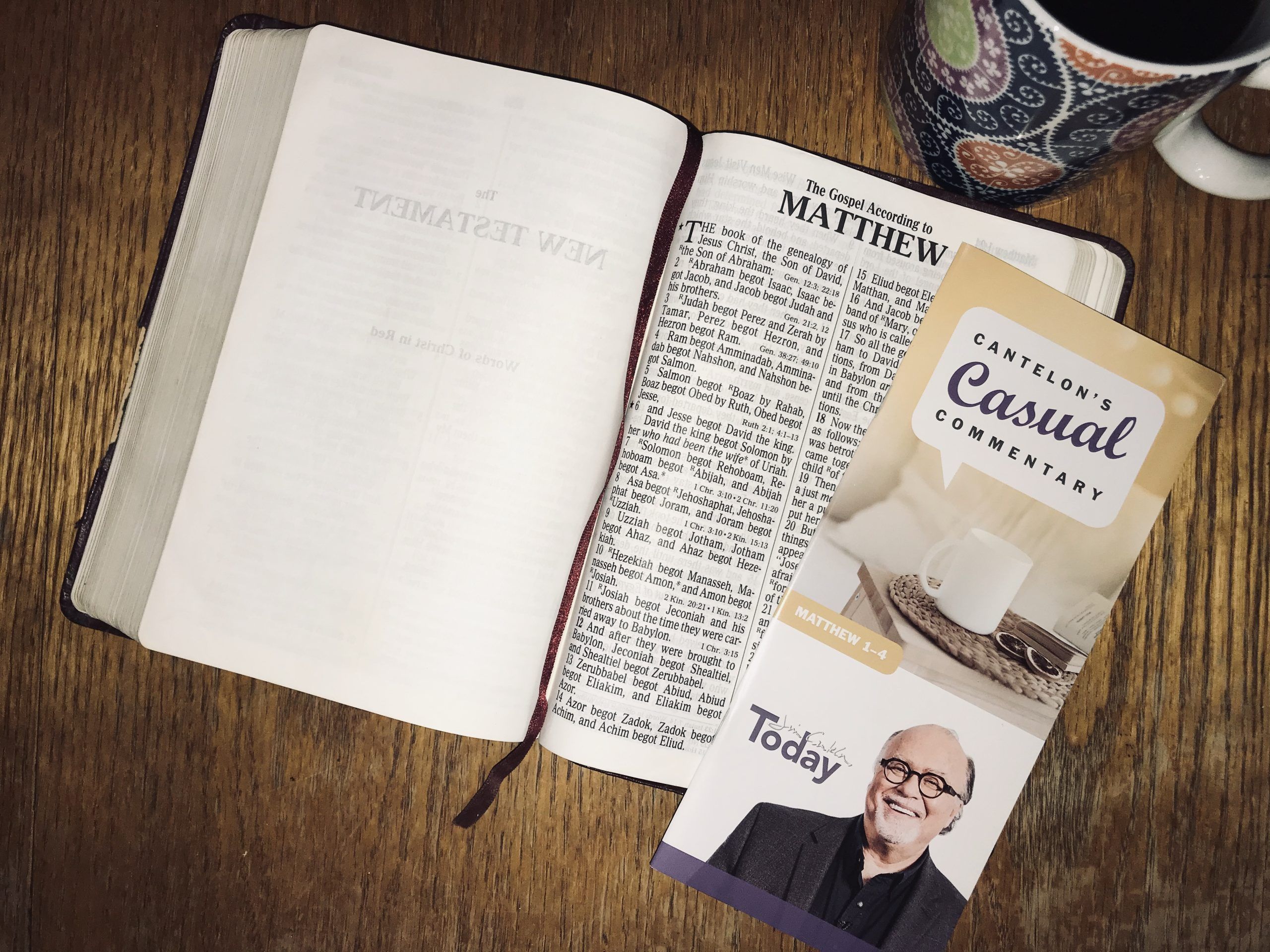February 5, 2020
Jesus’ Ancestors (1:1-17) Part 10
Before moving on, just a word about “levirate marriage”. In De. 25:5-10 we read this:
“If brothers are living together and one of them dies without a son his widow must not marry outside the family. Her husband’s brother shall take her and marry her and fulfill the duty of a brother-in-law to her.
The first son she bears shall carry on the name of the dead brother so that his name will not be blotted out from Israel.
“However, if a man does not want to marry his brother’s wife, she shall go to the elders at the town gate and say, ‘My husband’s brother refuses to carry on this brother’s name in Israel. He will not fulfill the duty of a brother-in-law to me.’ Then the elders of his town shall summon him and talk to him. If he persists in saying, ‘I do not want to marry her,’ his brother’s widow shall go up to him in the presence of the elders, take off one of his sandals, spit in his face and say, ‘This is what is done to the man who will not build up his brother’s family line.’ That man’s line shall be known in Israel as The Family of the Unsandled”
The word “lever”, from the Latin “brother-in-law”, is derived from the Hebrew, “have”. At the time in history, not just the Israelites, but many other ethnic peoples believed the the only form of “immortality” a man would have would be “patrilineal” succession and bequeathing of property to a son. A man who died without a son was summarily excised from memory. So his brother was expected to marry his brother’s widow, and give her a son who would bear the departed brother’s name and inherit his property.
The Book of Ruth sees the custom of levirate marriage in very flexible terms. When the closest male relative refuses to “redeem” Naomi’s property, her next-in-line kinsman, Boaz, chooses to do so. And he gives Naomi a son by marrying her daughter-in-law Ruth (Naomi being too old to become pregnant). In this way Boaz becomes “Kinsman Redeemer” and fulfills the levirate duty as well. The whole point, of course, was lineage and inheritance – to say nothing of genealogy.
